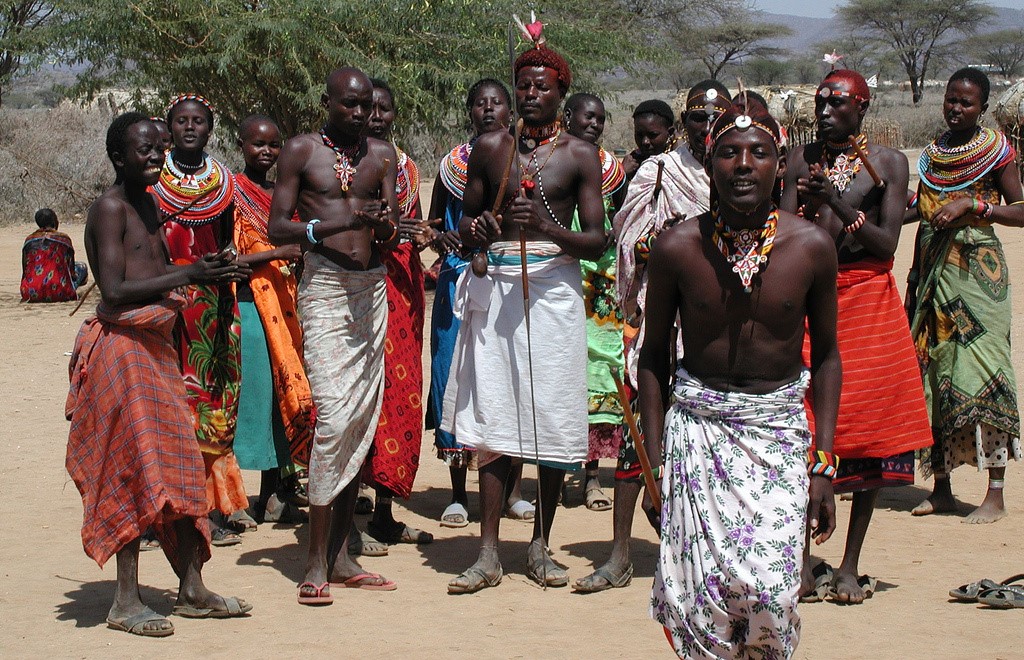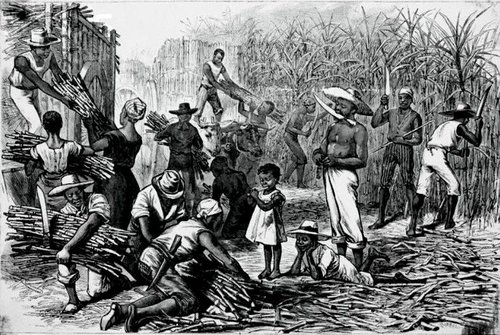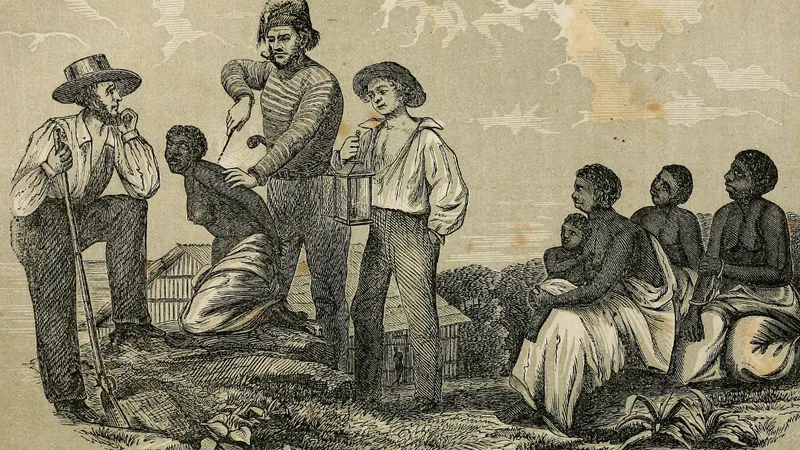Silent Footprints -The Untold Legacy of Muslim Slaves in Cuba’s Colonial Era

Cuba, a predominantly Christian nation, is home to a small yet growing Muslim minority. According to a 2011 report by the Pew Research Center, there were approximately 10,000 Muslims in Cuba, making up less than 0.1% of the population; the majority of these Muslims were Cuban converts.
Unlike many religions introduced by colonists, Islam came to Cuba through enslaved West African Muslims who were forcibly brought to the island. Between 1808 and 1848, nearly half (49.4%) of the 20,654 documented enslaved Muslim Africans transported to the Americas were brought to Cuba, with evidence suggesting that many more arrived undocumented.
The enslaved people came from Cape Verde and the Senegambia in 1526. As the Taino population declined, Spanish settlers relied on African labor for their growing sugar economy. By the 18th century, enslaved Africans from various ethnic groups—including the Yoruba, Mandinka, Igbo, Wolof, Fulani, and Hausa—formed the backbone of Cuba's labor force.
The slaves endured long hours of hard labor, with days stretching to nearly 20 hours during harvest seasons. Living conditions were inhumane, and punishments for resistance or underproduction were cruel. Despite limited legal protections granted under Spanish law, such as the right to buy freedom, these rights were often disregarded on the plantations, especially in rural areas where the enslaved had little access to legal recourse.
Muslim Enslaved Africans and the Spread of Islam in Cuba
Enslaved Africans who practiced Islam brought their religious beliefs and practices with them, even in the face of enormous challenges. Many were forced to abandon their religious traditions due to the oppressive conditions of slavery and the efforts by Spanish authorities to convert the enslaved population to Christianity.
The Spanish colonial regime classified enslaved Africans into broad categories, with Muslims often falling under the label of “Madinga”. This term became a catch-all for Muslims from the interior regions of West Africa, reflecting the diversity of the enslaved population.
The Impact of West African Jihads
 Cuban Sugar Field in Eigteenth Century
Cuban Sugar Field in Eigteenth CenturyA crucial factor in understanding the persistence of Islam among enslaved Africans in Cuba is the influence of the West African jihads of the 18th and 19th centuries.
These jihads had profound effects on the slave trade and the lives of those captured. The Fulani-led movements significantly altered the balance of power in West Africa, disrupting traditional trade routes and intensifying the slave trade, particularly towards the Atlantic. Enslaved individuals from regions affected by these jihads who were often well-acquainted with military tactics and resistance strategies were brought to the Americas, including Cuba
Resistance and Survival of Islamic Practices
Despite the suppression of African religious practices by Spanish authorities, there is evidence that some Muslim slaves in Cuba continued to practice their faith in secret. Enslaved Africans were forced to convert to Christianity, and the practice of Islam was outlawed. Without the leadership of Islamic religious figures such as marabouts, it became increasingly difficult for Muslim slaves to maintain their religious identity.
However, traces of Islamic practices did persist. There are accounts of Mandinga marabouts, or Muslim spiritual leaders, continuing to offer spiritual guidance and prepare protective charms for other enslaved people.
There were instances of repression, such as during the repression following the Conspiracy of La Escalera in 1844, a Mandinga marabout named Campuzano, known as the "Great Sorcerer of Matanzas," was accused of preparing charms for those planning to revolt against the colonial regime.
Travelers to Cuba during the 19th century also recorded encounters with enslaved Africans who retained elements of their Islamic heritage. For instance, Swedish traveler Fredrika Bremmer noted meeting "negro preachers and fortune-tellers" from the Mandinga ethnic group, while German traveler Carl Ritter described meeting a 75-year-old Mandinga man who greeted him with an Islamic salutation, "Salama leco" (a variation of "As-salamu alaykum").
The Reclassification of Muslim Africans in Cuba Muslims Were Banned From the Americas as Early as the 16th Century
Muslims Were Banned From the Americas as Early as the 16th CenturyOver time, the ethnic and religious identities of Muslim slaves in Cuba became obscured through processes of reclassification. “Mandinga” came to represent a broad category of enslaved Africans. By the 19th century, many of these individuals were reclassified under the term “Lucumí,” which was primarily associated with the Yoruba people of present-day Nigeria. This reclassification masked the distinct Islamic identities of many enslaved Africans, making it difficult for historians to trace the extent of Islam's influence in Cuba.
 Muslims Were Banned From the Americas as Early as the 16th Century
Muslims Were Banned From the Americas as Early as the 16th CenturyOver time, the ethnic and religious identities of Muslim slaves in Cuba became obscured through processes of reclassification. “Mandinga” came to represent a broad category of enslaved Africans. By the 19th century, many of these individuals were reclassified under the term “Lucumí,” which was primarily associated with the Yoruba people of present-day Nigeria. This reclassification masked the distinct Islamic identities of many enslaved Africans, making it difficult for historians to trace the extent of Islam's influence in Cuba.




